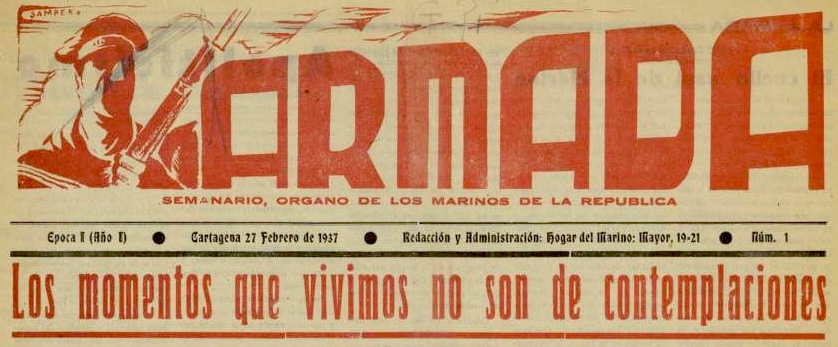During the last two years or so, naval wargaming has become one of my main interest when it comes to miniature games. I really like that the investment in time and money is rather limited, as usually a few ships are sufficient for a game and ships can be painted quickly, especially in the small scales I’m gaming with.
I have already written about my taste when it comes to naval wargames rules in general. During the course of this year, I’d like to present a couple of rules in depth and compare some of them.
I want to start with two World War 2 rules that have a similar scope, namely Find, Fix and Strike by David Manley and Nimitz by Sam Mustafa. I’ll play the same scenario with both rules, see how it goes and then compare the outcomes, the rules mechanisms and other aspects.
I think that the rules are a good match for comparison as they have a similar scope: both aim to deliver fast games, both are heavily abstracted, especially in their shooting and damage mechanisms, and both are accompanied by a campaign system and encourage the players to use the tactical rules in the context of campaigns.
Although I will refrain from tinkering with the rules and play them stricly as written, there will be one aspect where I will add something that is not in the rules as published: namely ship data. I want to use my Spanish Civil War collection, and neither FF&S nor Nimitz provide data for Spanish ships. However, as I think that using your own research to create historical scenarios is an integral part of wargaming, this will already provide a first test: namely how well do the rules lend themselves to such amandements?

The Scenario
I have taken this what-if scenario called “Barcelona Payback” from the excellent Shattered Armada book, which is a splendid collection not only of scenarios, but also of background material and ship data for the naval side of the Spanish Civil War. It is published by Admiralty Trilogy Group and intended for their Command at Sea rules, but even if you have no intention of playing those rules, their scenario books are excellent and highly recommended.
The scenario takes a historical event as a departing point: In January 1938, the Nationalist cruisers Canarias, Baleares and Almirante Cervera roamed the Catalonian coast, hunting blockade runners and bombarding harbours. In reality, they were shadowed by Republican aircraft, but no effort to attack them was undertaken. The scenario assumes that the Republican fleet makes a sortie in force to confront the cruisers. The Republicans have the light cruisers Libertad and Méndez Núñez and two destroyer flotillas, a total of eight ships, as well as a flight of four Vickers Vildebeest torpedo bombers. The Nationalists have the modern heavy cruisers Canarias and Baleares as well as light cruiser Almirante Cervera. The scenario assumes that the Cervera was damaged by an air attack which reduced her speed. The victory conditions are equal for both sides: cripple at least two enemy cruisers for a decisive victory.
Unit stats
My main sources for devising the ship stats for FF&S and Nimitz were Shattered Armada and Angus Konstam’s Warships in the Spanish Civil War. Most of the Spanish ships were based on British designs, e.g. the Canarias class heavy cruisers were adaptations of the County class, while the Churruca-class destroyers were of the same design as the British Scott-class flotilla leaders. So I first tried to find the British ships in the respective force lists and then adjusted them to fit the data given in the sources. FF&S contains short guidelines on how to adapt ships to the types listed in the rulebook and a comprehensive list of stats for the fleets of all of the major WW2 powers (and Sweden). Nimitz includes a number of design notes which can be used to extrapolate ship stats, and on Sam Mustafa’s homepage, fleet lists can be downloaded. However, Nimitz uses a more intricate ship data sheet and there is no official editor available to create your own. Fortunately, someone has made their own editable data sheet in PowerPoint and shared it in the Official Sam Mustafa Publishing Group on Facebook. Hurrah for resourceful players!
The scenario contains one complication: namely the flight of four Republican Vildebeest torpedo bombers. FF&S and Nimitz handle aircraft in a very different way and it will be interesting to see what this means for the game. Incidentally, neither ruleset contains data for the Vildebeest. However, it seems to have been quite similar to the Swordfish when it came to role and performance, so I will use the Swordfish stats, which are provided by both rulesets.
I will provide the data sheets for the ships in the respective play-through articles.
In the next installment, I will present the play-through with FF&S. After this, there will be one with Nimitz, followed by an article providing my opinions and conclusions. I hope that you are interested and that you will find the comparison useful!






